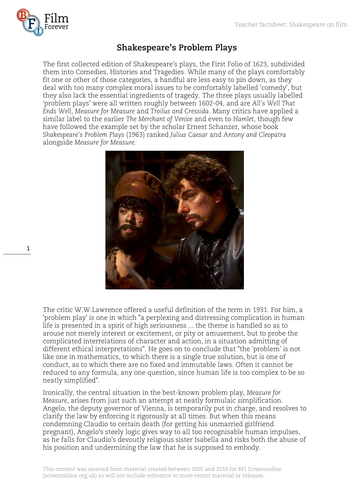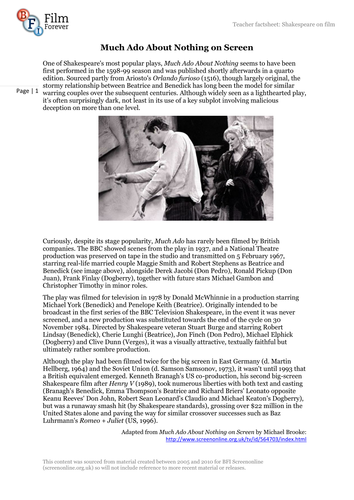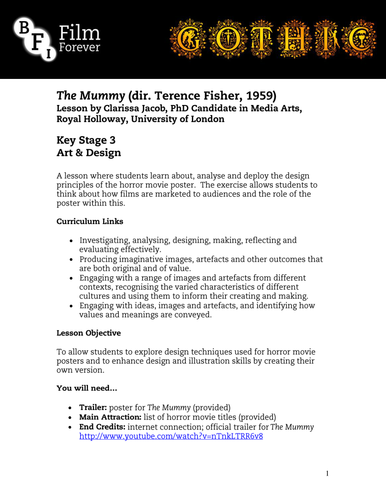BFI
The BFI is the lead body for film in the UK. We combine cultural, educational and industrial roles, bringing together the BFI Film Fund, film distribution, the BFI National Archive and the BFI Reuben Library. Established in 1935, the BFI Archive holds one of the largest film and television collections in the world. Our 5-19 education scheme is delivered by Into Film, an organisation providing a unified UK-wide film education scheme.
























